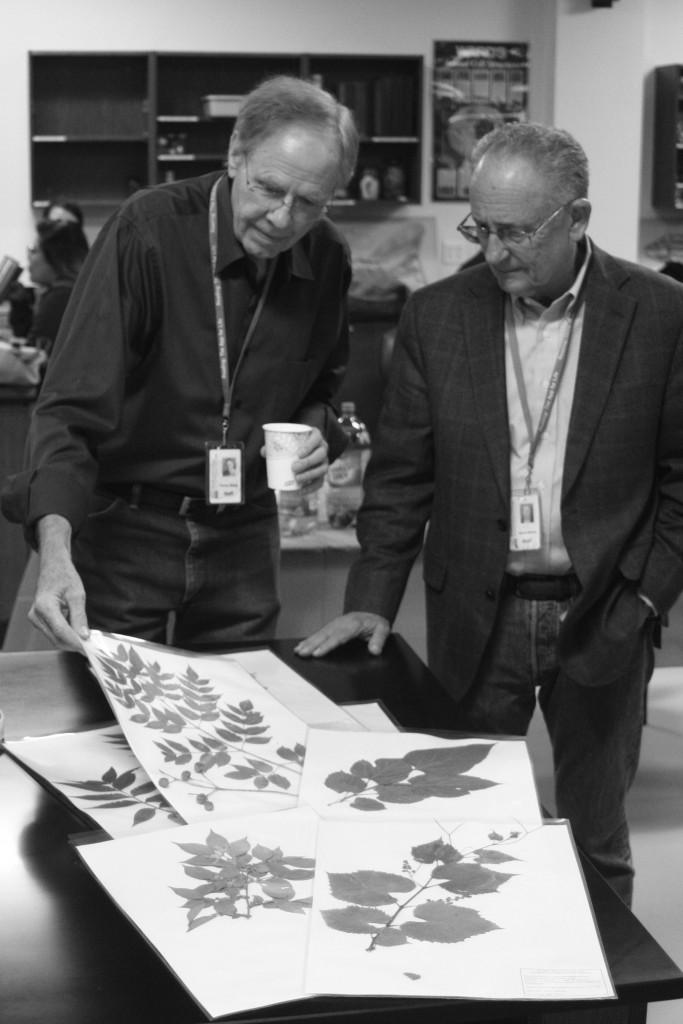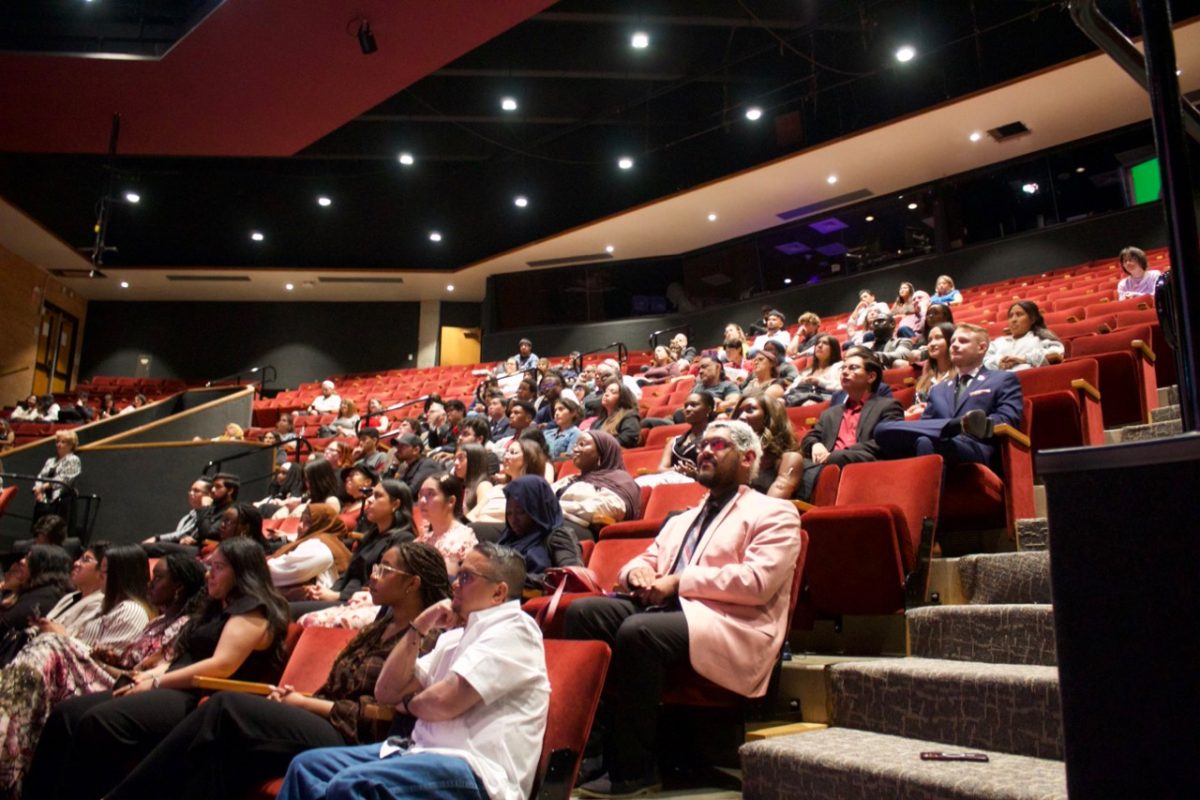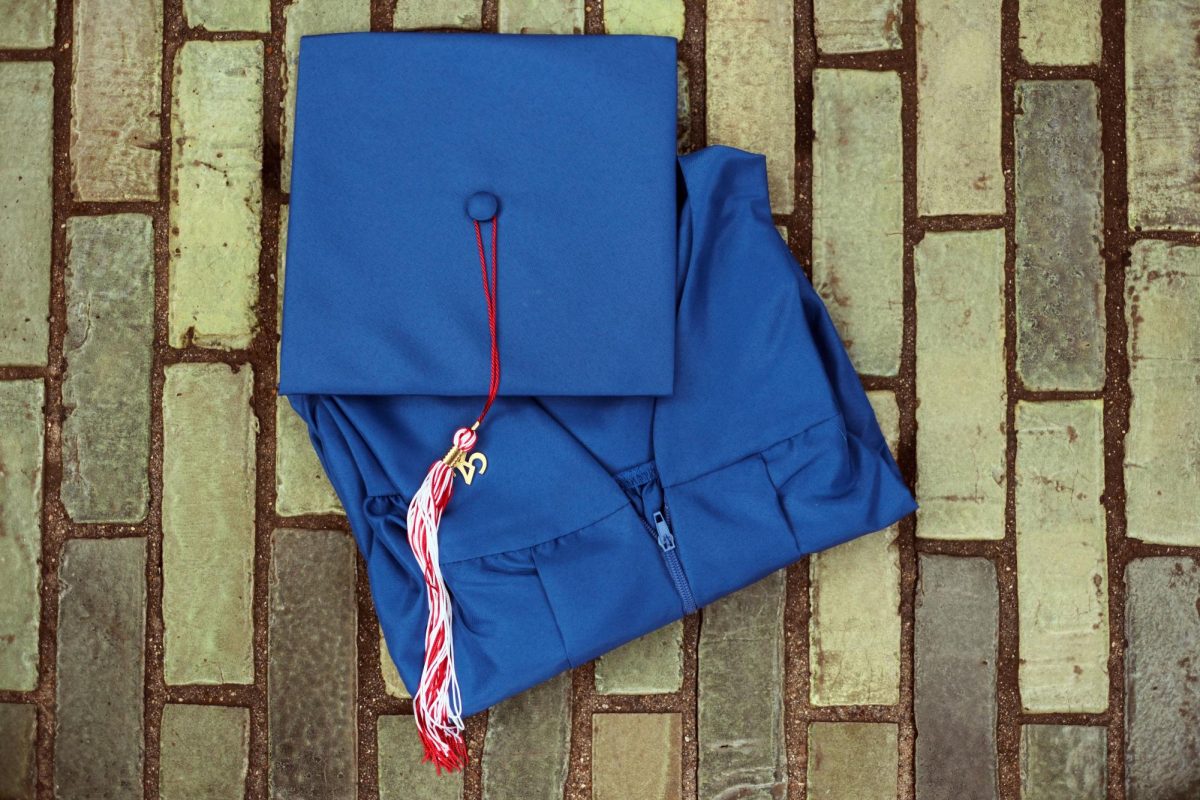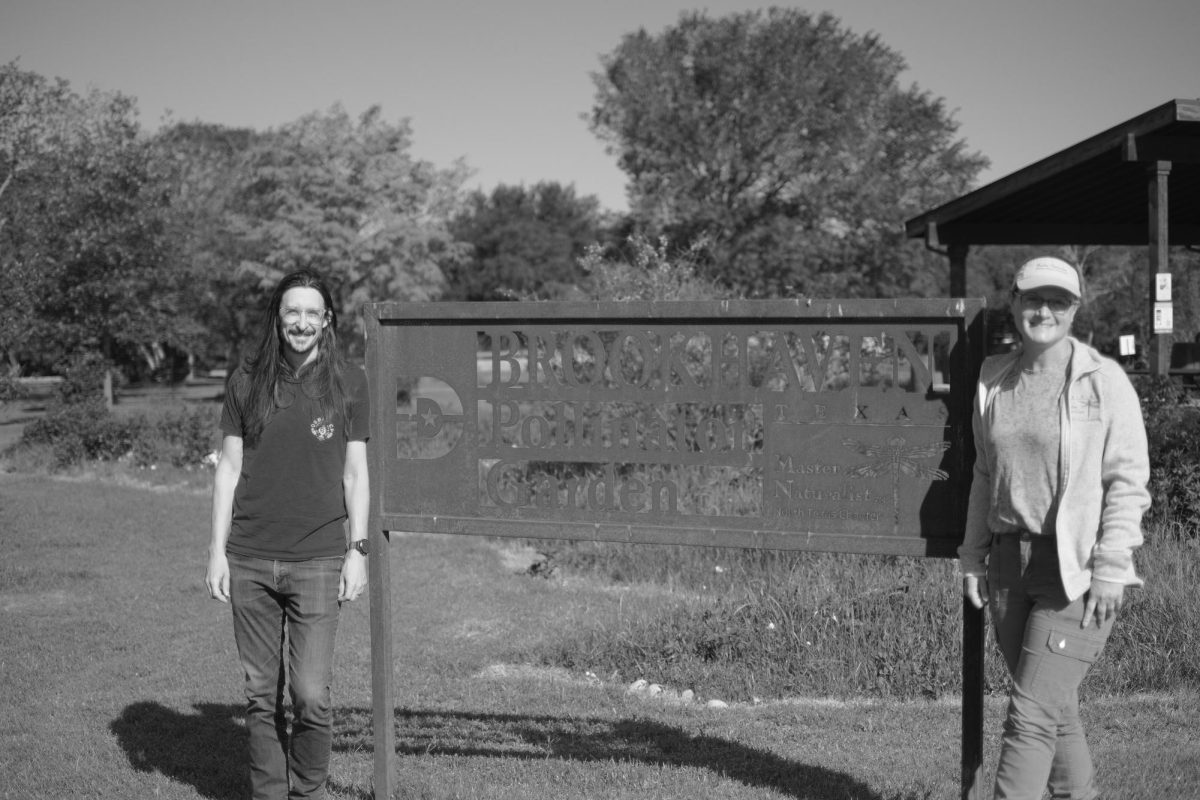By Carolina Silva
Contributing Writer

about the importance of preserving, classifying and cataloging botanical specimens.
For almost two decades, homeowners and farmers have sprayed herbicides on milkweed plants, killing the monarch butterfly’s only nursery, food source and home. Since 1990, almost 1 billion monarch butterflies have disappeared, according to the U.S. Fish and Wildlife Service.
Brookhaven College students, staff and faculty gathered Oct. 21 to talk about the importance of the campus’ milkweed plants and their role as a vital stop in the migratory path of the monarch butterfly across the U.S.
Brookhaveans also talked about the campus as a biodiverse habitat; its history and future and the importance of preserving, cataloging and digitalizing botanical species found around it.
Carrie Schweitzer, director of sustainability at Brookhaven, said everything started last summer when she asked Phil Shelp, biology professor, to do a presentation on Brookhaven’s herbarium collection.
Schweitzer said she wanted students to think about how the monarch butterflies and other essential pollinators would survive through North Texas if this habitat gets destroyed. The presentation showed students what the 200 acres of the campus were before, what they might be in the future and what students can do to maintain the biodiverse habitat.
“That is what sustainability is all about,” Schweitzer said. Shelp opened the presentation by explaining the history of pollinating species on the land that now makes up the Brookhaven campus.
Shelp said bulldozers arrived, disturbed the soil and removed native vegetation, eliminating diversity in the process. It also turned up rock formations with certain minerals, opening an opportunity for other species to arrive, he said.

Christopher Kirkhoff, Biology professor, said diversity is a very good indicator of the health of an ecosystem. He also said soil disturbance, natural succession and invasive species contribute to diminished biodiversity.
Kirkhoff passed several botanical specimens around the laboratory, explained their origins, and emphasized the importance of the preservation process, classification labels and accurate cataloging.
He said accurate cataloging plays an important role in ecology. “When talking about artificial selection for food crops, it is important to know the genetics of the plants that go in and know the characteristics so that the best quality, highest-yield specimens can be planted,” he said.
Randy Malone, Brookhaven biology professor and laboratory coordinator, ended the presentation by showing students how to use the information on the specimens’ classification labels to create digital records in biodiversity databases.
He encouraged students to volunteer in the digitization of specimen. He said scientists use this information when comparing specimens to allow them to see plants changes and evolution over time.
Shelp said that by digitizing species, they could be shared all over the world. In an article for The New York Times, Quentin Wheeler, president of the College of Environmental Science and Forestry at the State University of New York, said the digitization of these samples will offer, “irreplaceable clues needed to reconstruct evolutionary history, to understand where we and all the other species came from.”
Melany Bermudez, a student, said the presentation made her aware of how diverse the campus was and how much effort goes into maintaining it. “From listening to what everybody said, I will be able to appreciate the plants and trees around campus,” she said.
Schweitzer encouraged students to volunteer next spring at the pollinator garden, which will be located on the west side of campus near the jogging trail and P5 parking lot.
The idea is to create a space that has native plants attractive to pollinators, hummingbirds and bats,. she said. For more information about volunteering at the pollinator garden, readers can contact Carrie Schweitzer at cschweitzer@ dcccd.edu






